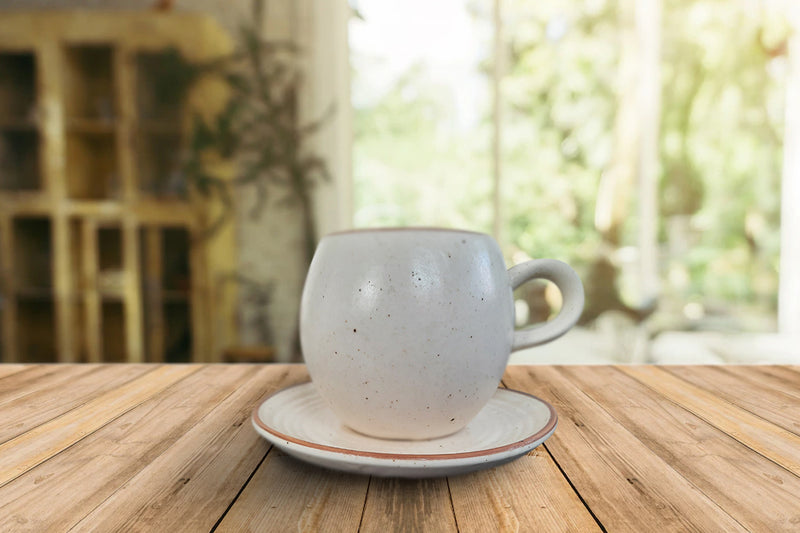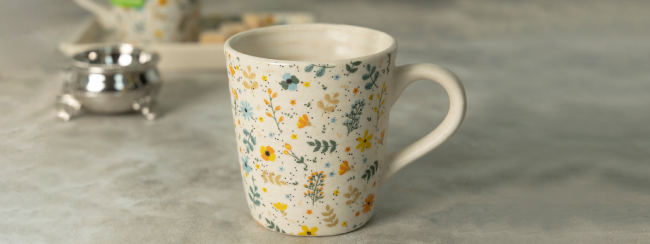The use of ceramic in the making of dinnerware and serveware is nothing new as it has been used for many years. The primary reasons are the easy availability of raw materials and unprecedented levels of ease associated with the manufacturing of various items.
Although industrial manufacture is more complex than simple green kiln fire, sophisticated ceramics such as aluminum oxide (Al2O3), boron nitride (BN), and zirconia (ZrO2) are made from relatively abundant raw minerals on Earth. This is frequently used in support of technical ceramic materials' environmental credentials.

So, can it be derived that the initial natural arrangement of ceramic makes it an eco-friendly material? We will strive to delve deep into this topic and find out the truth.
What does sustainability mean?
The enormous consumption by humans has undoubtedly made an impact on the ecological system of the planet by reducing renewable energy sources while spreading the waves of pollution. The thrust to the embracement of artificial items has caused a monumental shift which may include products that safeguard our environment throughout their entire value chain. It also refers that the raw materials that are feasibly sourced to prepare ceramic items are considered sustainable.
In regard to ceramics, most of its products are considered safe due to their inherent ability to exhibit zero toxicity. For example, Aluminium Oxide, also known as alumina, is considered okay for usage in cosmetic products such as talcum powders. It presents zero to little risk related to immunotoxicity, cytotoxicity, and bioaccumulation. Another example is Zirconia which is a prevalently used biomaterial globally.
Another aspect of sustainability is how the prepared material can be recycled or reused. Since ceramic dinnerware or serveware items don’t degrade over time, they are not supposed to decompose into raw materials for reuse. However, there are many applications of ceramic waste.

Some engineers, however, have converted this stumbling block into a viable long-term solution by using recycled crushed ceramic rubble (RCCR) to stabilize expanding soil and foster new geotechnical engineering discoveries. As per various research studies, RCCR is logically effective for steadying spread-out highly expanding soils (HES), suggesting that combined ceramic waste might may promote a sustainable environment once its component life cycle is over.
The longevity of ceramic is determined by the material's initial source. Natural mineral clay, for example, is wonderful for making attractive, safe, and sustainable pieces like vases that you can feel good about using in your home. Terracotta clay is terrific for making mugs, but it's not so good for toilets.
The major environmental features of ceramics production are:
- Air discharges: toxic fumes, particular matter, and harmful gases like sulfur oxides, carbon dioxide, fluorine, organic compounds, and heavy metals
- Contaminated water, inorganic materials, harmful minerals, and heavy metals
- Half-processed waste, broken ware, plaster molds, ashes, dust, and packaging leftover
- CO2 emissions
Sustainability may help us save a lot of money in terms of energy, water, and even raw materials, and it can be an incentive to hire the best people, who will be more motivated to work somewhere with a higher purpose than just making money.


